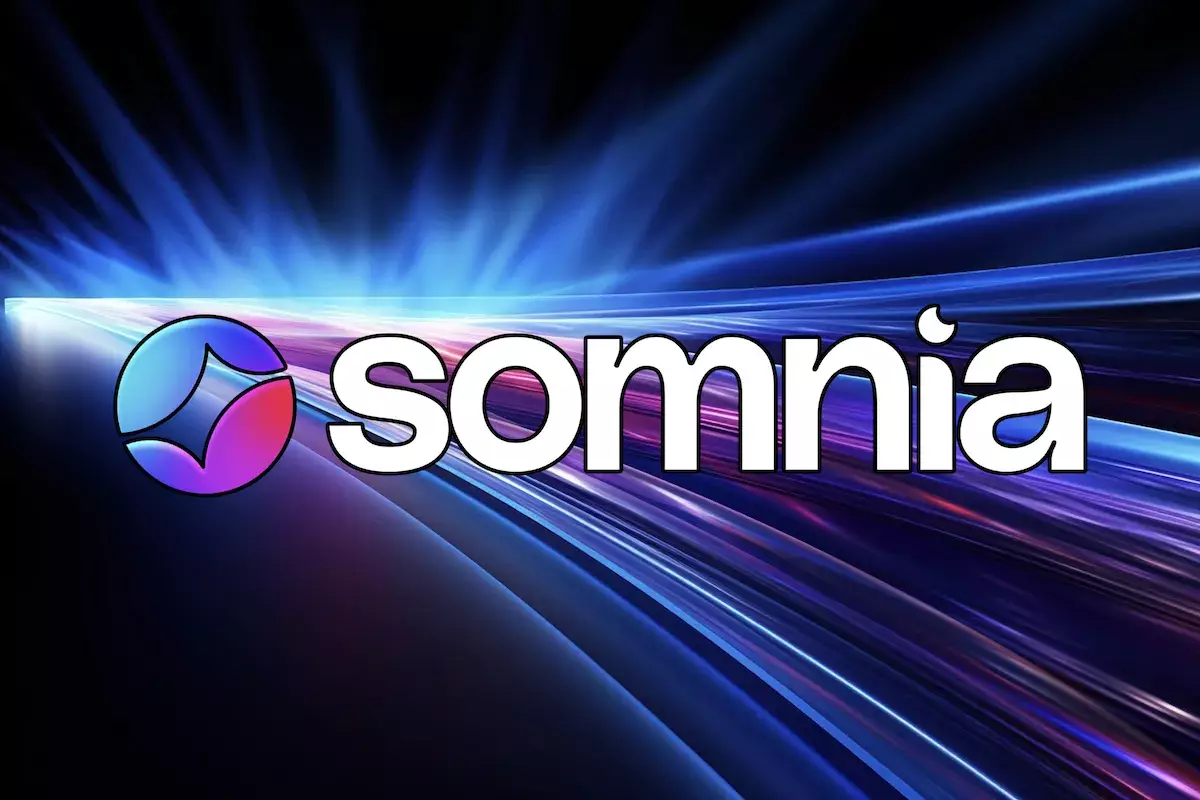In a world where blockchain technology is often criticized for its slow transaction speeds and high fees, Somnia—a new Layer-1 blockchain—has recently unveiled groundbreaking results from its Devnet testing. This breakthrough could redefine industry standards and elevate user expectations regarding application performance. The development team revealed astonishing capabilities, demonstrating the network’s capacity to handle up to 1.05 million ERC-20 token transfers per second (TPS). This kind of performance promises to underpin a new wave of decentralized applications (dApps) that were previously hindered by the limitations of existing networks.
The results don’t end there. Somnia’s capabilities extend to minting an impressive 300,000 NFTs per second. In an era marked by the rapid rise of digital collectibles, such a speed allows creators and developers to leverage NFT technology more efficiently than ever before. Equally impressive is Somnia’s ability to manage 50,000 Uniswap trades per second. This performance level indicates that the platform can accommodate intense trading activity, making it suitable for high-frequency trading scenarios that the decentralized finance (DeFi) sector often demands.
Somnia’s performance isn’t merely a product of powerful hardware—it’s a result of innovative architectural choices and cutting-edge technology. The network operates across 100 nodes distributed in multiple geographical locations. Each node is equipped with up to 32 virtual CPUs and 120GB of RAM, indicating a robust infrastructure capable of handling high transactional loads. An intriguing aspect of their technology is the low latency experienced during these tests, maintaining network delays under one second, specifically around 900 milliseconds.
A standout feature of the Somnia architecture is the IceDB database, which achieves read-and-write speeds in the nanosecond range. These speeds are critical for processing a high volume of transactions quickly and cost-effectively. Moreover, Somnia employs a custom Ethereum Virtual Machine (EVM) compiler, which optimizes smart contract execution. This customized approach allows the network to process transactions at remarkable speeds, thus keeping transaction costs to less than a cent—a compelling factor for developers and users alike.
Paul Thomas, the founder and CEO of Somnia, has publicly lauded the impressive results achieved during the Devnet testing phase. He articulated, “Our technology is designed to support the demanding requirements of high-performance dApps while maintaining exceptional performance and cost efficiency.” His emphasis on validating the company’s strategic approach highlights the foundation of trust Somnia appears to be establishing not just within its team but also in the broader blockchain community.
Thomas also expressed his excitement about the potential that Somnia holds, stating that the excessive results showcase a transition from traditional blockchain limitations. His words underline a visionary proposition: “We’re opening the door to a new era of fully on-chain applications where speed and scalability are no longer barriers for developers.” The implications of this statement reverberate through the blockchain ecosystem, suggesting that innovation is rapidly approaching a new frontier.
Looking Ahead: The Launch of the Public Testnet
Following these groundbreaking results, Somnia is poised to initiate a public testnet, which will serve as an exciting opportunity for developers and members of the community to engage with the platform. This forthcoming project is particularly appealing for early adopters who aim to create diverse applications across gaming, fintech, and social networking sectors. By offering a hands-on experience, Somnia hopes to attract innovation and creativity that capitalize on their high-speed functionalities without the usual concerns related to congestion and high transaction fees.
As we glance toward the future, the Somnia team has expressed their commitment to further improving its core technology. This dedication to refining both speed and cost efficiency positions Somnia as a potential leader in driving a new wave of on-chain experiences. If the early results from the Devnet serve as an accurate indicator of what’s to come, Somnia could very well be at the forefront of Web3 evolution, reshaping how we perceive and interact with blockchain technology.















Leave a Reply